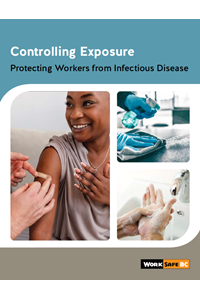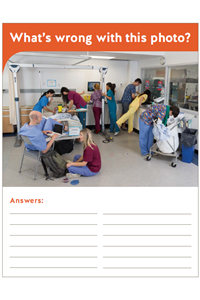Influenza (flu)
The flu, or influenza, is a respiratory virus that takes many forms and usually results from person-to-person contact. Flus can be life-threatening. Children, the elderly, and those with weakened immune systems are often most at risk.
- Who is at risk?
- How to reduce the risks
- Resources
Who is at risk?
People catch influenza through close contact with others who are already infected. The more sick people you come into contact with, the greater your chances are of catching the flu.
How to reduce the risks
If a worker or workers could be exposed to influenza, the employer must develop and implement an exposure control plan (ECP). This plan must identify the workers at risk of exposure and the controls required to protect those workers. These will be unique to each worksite and work environment. When choosing risk controls, consider the following questions. The questions are grouped according to type of control. The three applicable types of control are listed here in order of effectiveness.
-
1
Engineering controls
This is the most effective type of control. Engineering controls involve making physical modifications to control the hazard or reduce exposure. A question to consider:
- Can patients with pandemic flu be grouped together?
-
2
Administrative controls
This type of control involves changing work practices and policies. Some questions to consider:
- Are workers coming into work when they are sick?
- Are workers frequently washing their hands?
- Are proper hygiene procedures and hand-washing stations in place?
- Are work surfaces being disinfected frequently?
-
3
Personal protective equipment (PPE)
This is the least effective type of control. When used, there must always be at least one other control in place as well. Some questions to consider:


